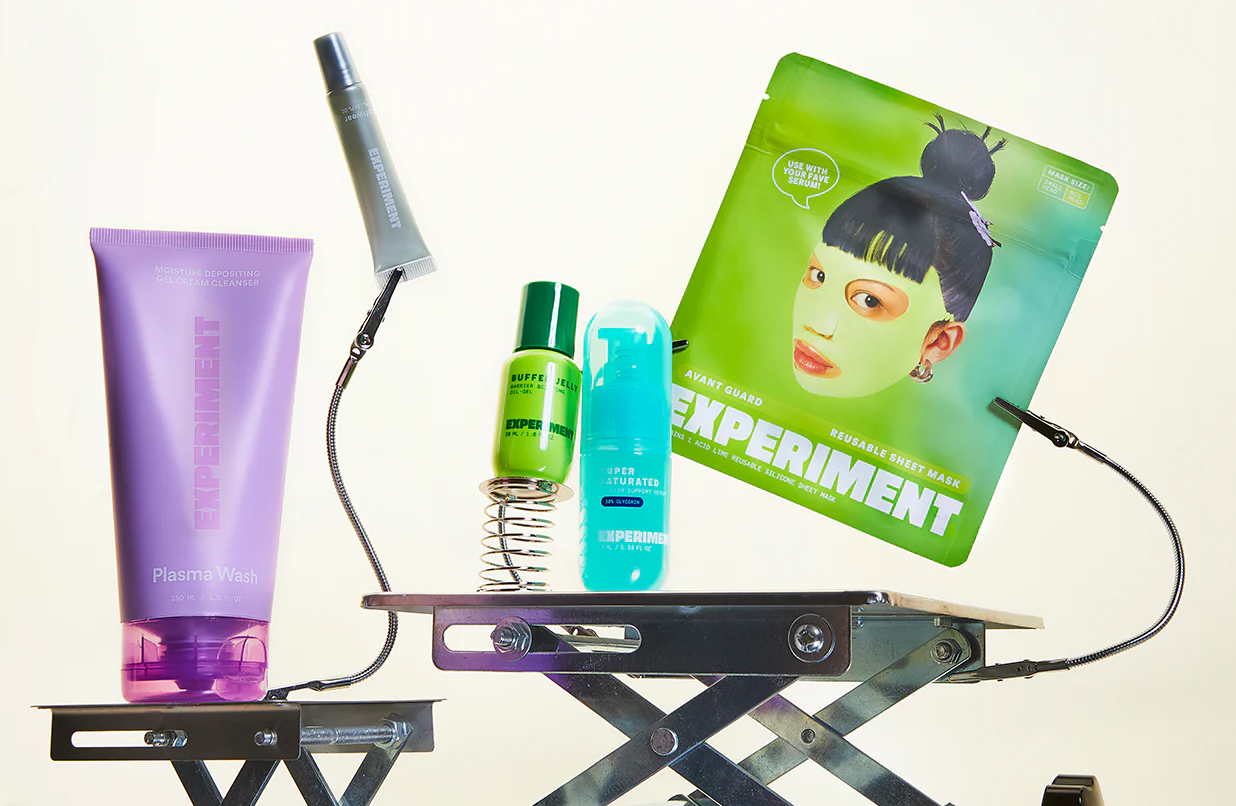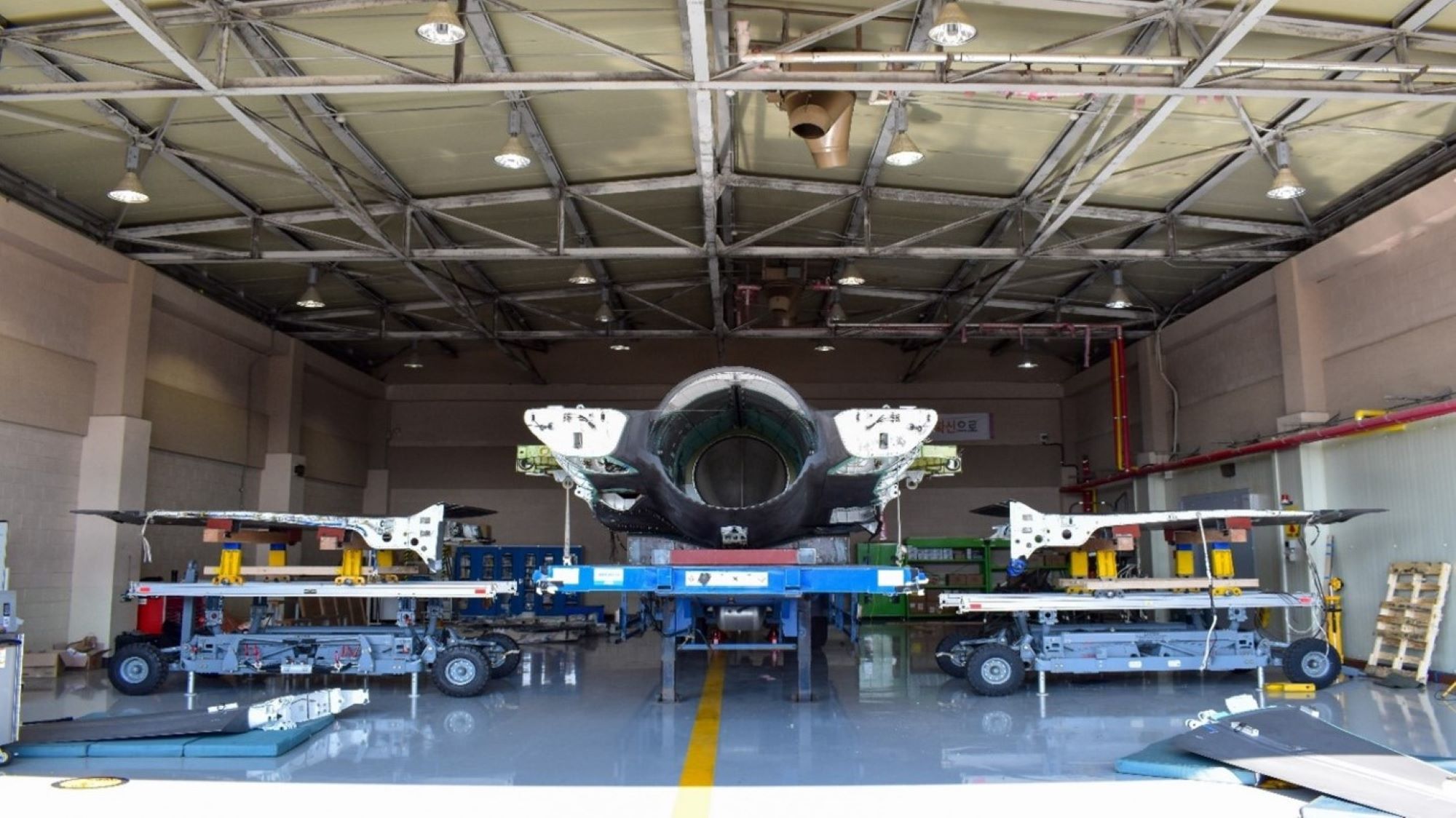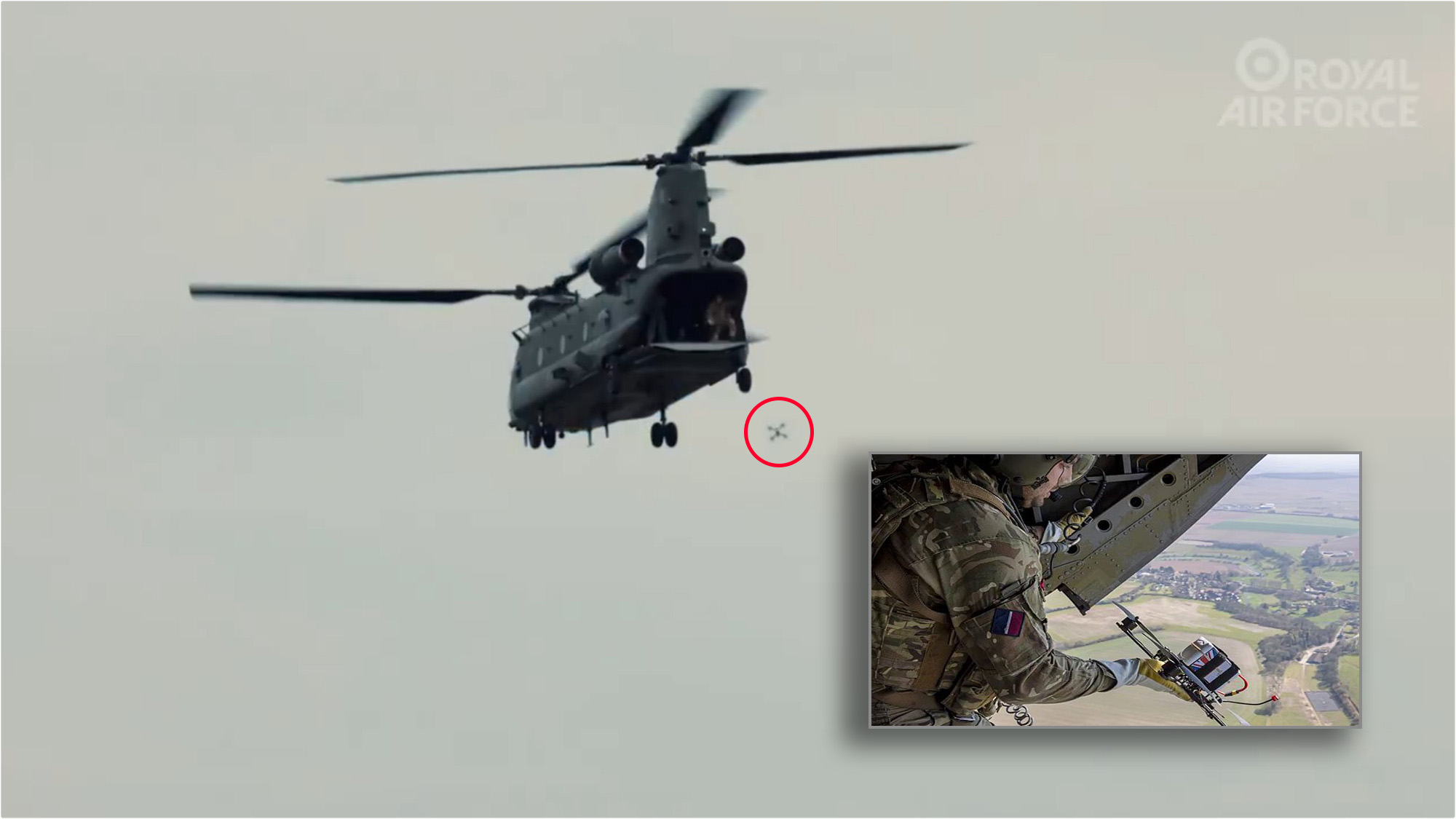Large Language Matchmaker: DIU tests AI to automatically bring innovators, agencies together
The “Digital OnRamp” will use Large Language Models to recommend which companies’ technologies might meet a given DoD organization’s needs.


U.S. Air Force Airman 1st Class Ethan Conde, 42nd Communication Squadron client system technician types on his computer at Maxwell Air Force Base, Alabama, Feb.19, 2025. (U.S. Air Force photo by Senior Airman Elizabeth Figueroa.)
WASHINGTON — The Defense Innovation Unit is developing an AI matchmaker, called Digital OnRamp, meant to shortcut the often-laborious process of bringing high-tech innovators together with potential Pentagon customers.
Based on DIU’s interviews with companies and universities, said deputy director Cheryl Ingstad, “they have a hard time finding: What is that opportunity, what is that demand signal for my technology? How do I find which part of DoD, which office?”
“It gets very hard trying to find that through his person who knows this person who knows maybe that person,” Ingstad said at an AFCEA panel on AI Wednesday. “We’ve done the interviews and research: It can take more than three years.”
The solution, Ingstad hopes, will be AI.
“The only way you can do this at scale is really a digital platform … using a Large Language Model,” she said. Academic researchers and private companies can upload plain-English descriptions of their capabilities; DoD agencies can do the same with their needs, and the LLM finds a match.
DIU did a test run of a “demonstration” version of Digital OnRamp in December, Ingstad said. Over the course of a single week, she and other DIU officials told Breaking Defense, about 60 to 70 companies completed 1,500 surveys about their offerings and capabilities, and about 30 DoD organizations submitted 7,500 queries. While this was only a test version and officials didn’t disclose how many matches were made overall, the AI did make at least one “match” that resulted in a contract actually being signed, and another contract between matched parties is in the works.
Before the fiscal year ends on Sept. 30, DIU plans to roll out Digital OnRamp as a “Minimum Viable Product.” That’s Silicon Valley jargon for a barebones but usable version that real-world users can try out and offer feedback on, allowing rapid improvements. DIU is already recruiting up to 1,000 companies (a more than 10-fold increase over the December demo) to be “test users” of the MVP.
The innovation office is also picking contractors to run the OnRamp. In June, it expects to announce a vendor to run the underlying system on a Platform as a Service (PaaS) basis, but will also contract directly with other companies to buy specific software tools to run on that platform.
In the December demonstration, Ingstad said, the Digital OnRamp team was able to install new tools within 30 minutes, and they want to retain that flexibility. “We put into the contract the platform has to be flexible and modular,” she said. “We will be running a competition for the AI tools for installation in our platform later this fiscal year.”
Need Meets Technology, At Last?
The Pentagon has been trying to get outside its military-industrial comfort zone since at least 2015, when then-Secretary of Defense Ash Carter created what was originally called the “Defense Innovation Unit – Experimental” as his embassy to a skeptical Silicon Valley. A host of other “innovation” organizations have sprung up since: So many, in fact — 294, according to the Pentagon’s own master list — that figuring out which one to approach about what tech offering has become a source of confusion for companies. Meanwhile, despite some high-profile successes by new-wave contractors like Palantir and Anduril, industry insiders and independent experts alike ding the DoD for continuing to favor traditional contractors.
DIU has tried to bridge that gap by being on the ground in Silicon Valley, Boston, Austin, and Chicago to build networks the old-fashioned way, person to person. But while that approach has led to some significant successes, the human touch can’t manhandle the vast demands of the DoD.
Hence the appeal of automation. Once the initial development and set up are paid for, software can scale up rapidly at modest marginal costs, as the theory goes. A digital platform can also become exponentially more useful to users as more and more of them sign up and start finding each other — the so-called network effect behind success stories like Twitter, eBay, and even email itself.
To scale up swiftly, however, a digital platform needs to be easy to use, which is painfully untrue of traditional Defense Department processes. There’s where the recent, explosive growth in Large Language Models is helpful. Instead of forcing users to enter data in prescribed forms or databases, LLMs can ingest all sorts of “unstructured” data, from formal white papers and military needs statements to casual chats, find common elements or recurring patterns, and output summaries in plain English.
Digital OnRamp aims to use this ability of LLMs not only to match potential vendors and customers, but also to give its users customized guidance and online training in navigating the next steps of the often-ponderous acquisition process.
At the same time, DIU appears to be trying to avoid some of the more glaring pitfalls of Large Language Models. Digital OnRamp isn’t making final decisions, just suggestions, so if the LLMs “hallucinate” made-up information, there should be plenty of opportunities for humans to realize it.
Unlike public-facing LLMs, the data it ingests will also be protected from adversaries seeking to steal intellectual property or divine what the Pentagon is working on, Ingstad said. It’ll run on secured platforms rated either at Impact Level 2, for the commercial side describing their technologies, or the more stringent IL-4, for the DoD users submitting their needs.
“These are mission-related queries,” Ingstad emphasized. “We want them to come onto the platform where we have that sort of security.”



















































































































































